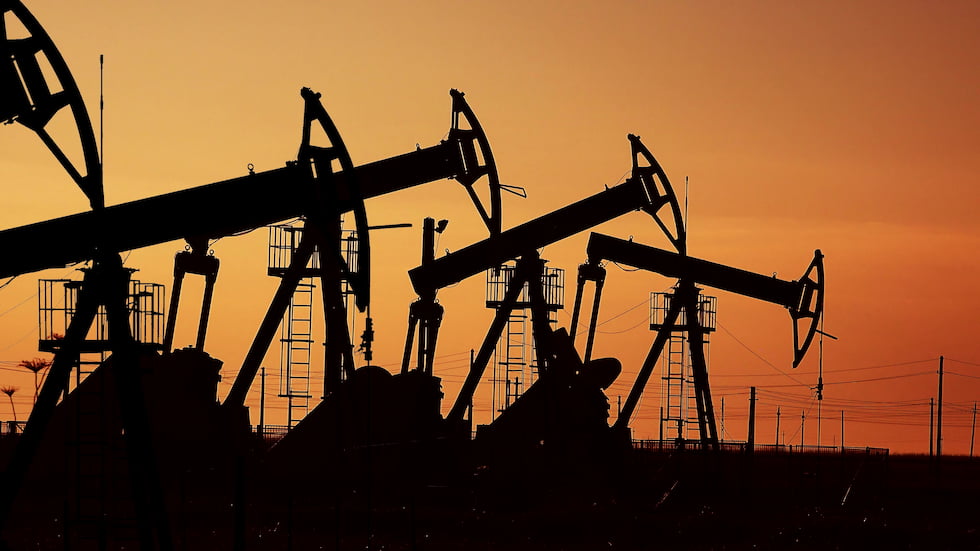
“The future is anything but certain,” said Ken Madlock, as he opened an oil and gas expert panel on April 21. “The world of oil and gas has always been uncertain.”
Madlock moderated a panel, sponsored by Offshore Technology Conference (OTC) Live, titled, “What's Next for the World Oil and Gas Markets and Related Offshore Development?” The experts on the panel were Mark Finley, the fellow in energy and global oil at Rice University's Baker Institute, and Jim Krane, the Wallace S. Wilson fellow for energy studies at Rice University’s Baker Institute for Public Policy in Houston.
Much has changed in the oil and gas markets over the last year, especially with the COVID-19 pandemic in full effect along with the presidential election and transition in power from Donald Trump to Joe Biden. The price of gas was nearing $3 per gallon in the United States as of April 26, per AAA. Finley noted that worldwide oil demand today is 7 million barrels per day (b/d), or 7% below pre-covid levels, though it could rise due to spring travel.
“That’s a huge decline, yet oil prices today are higher than before the pandemic,” Finley said. “My thesis is that supply is falling even more rapidly than demand. Some of that supply was driven by market forces, but bigger factor is elective production cuts.”
Finley also noted that the virus is not in the driver’s seat anymore as it pertains to oil and gas. Organization of the Petroleum Exporting Countries (OPEC) delivered “the biggest production cuts the world has ever seen,” and global oil inventories have been falling worldwide since last year. OPEC is starting to raise output, as the member countries are confident they won’t be challenged by a U.S. group.
Demand is rising, Finley noted, and worldwide oil demand is likely to grow by 6 million barrels per day. It would grow sequentially and, by the fourth quarter, the International Energy Agency (IEA) forecasts just 1 million barrel per day below pre-COVID levels.
How much will the demand recover? Finley indicated there is less commuting and more telework, but there could be an overcompensation with more driving due to a reluctance to use mass transit and “revenge travel,” since people did not travel as much last year because of the pandemic.
As prices have recovered, the national rig count has increased. Finley noted these other trends on the webinar.
- These positives have only served to offset decline in base production—most analysts expect rig count to drift higher, expect modest production increase. U.S. shale could grow more rapidly. Many oil shale operators are in the money, but most don’t want to increase temptation
- The wild card on the supply side is Iran. If two drivers (OPEC, Russia) want to keep prices rising, they can keep a tight rein on supply. Consumers are growing concerned about higher prices.
- Longer term, there could be another new driver. There is massive uncertainty on long-term demand size. Will the pandemic put a halt on growth, or will stimulus/revenge travel lead to (something similar to the) roaring 20s?
- Key message: Aggressive policy measures are needed to put oil demand into the negative. For producers—can you stay disciplined, work with supply chains?
Watch the video from OTC Live as the panelists go more in-depth on OPEC, Russia, Iran and more on the pace and scale of energy transitions and potential impact of oil and gas demand.
Also, get caught up on the monthly Wall Street Pump & Valve Watch in Pumps & Systems. The articles from Jordan, Knauff & Company appear at the back of every issue.

